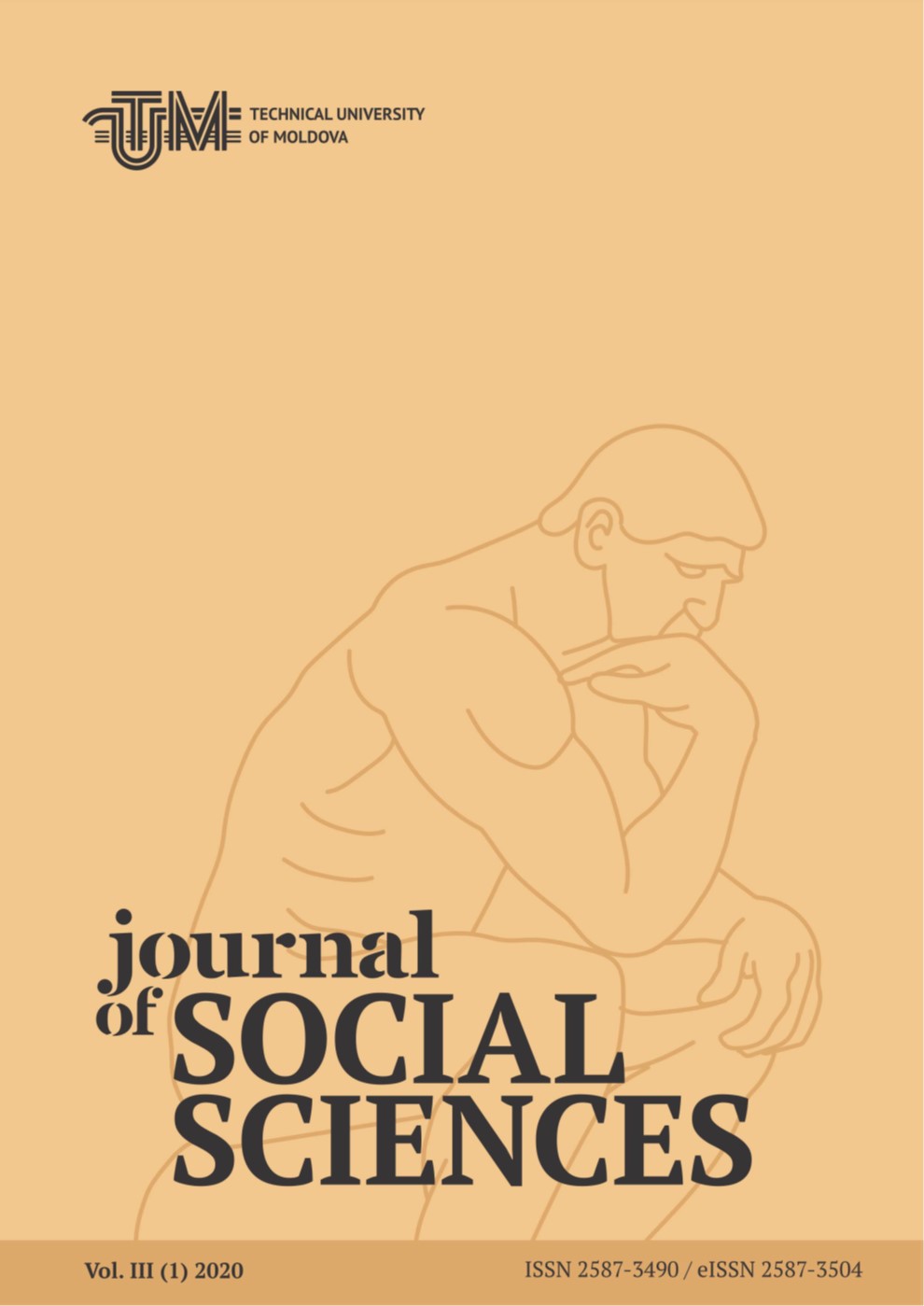MODERN TRENDS IN WOMEN’S EMPLOYMENT
MODERN TRENDS IN WOMEN’S EMPLOYMENT
Author(s): Svetlana BogdanovaSubject(s): Human Resources in Economy, Socio-Economic Research
Published by: Universitatea Tehnică a Moldovei
Keywords: labor market; service sector; income; salary; men; inequality; gender; discrimination
Summary/Abstract: Women make up slightly more than half of the world's population, but their contribution to indicators of economic activity, growth and living standards is significantly lower than their capabilities, which has serious macroeconomic consequences. Despite significant progress in recent decades, labor markets around the world remain fragmented by gender, and progress towards gender equality has apparently stopped. The proportion of women in the labor force remains lower than the corresponding proportion of men, women carry out most of the unpaid work, and in the case of remuneration, they account for a disproportionate share of workers in the unorganized sector and among the poor. Significant pay differences between women and their male colleagues are also noted. In many countries, labor market discrimination limits women's paid work, and the proportion of women in higher positions and among entrepreneurs remains low. The implementation of tasks in the field of economic growth, job creation and the inclusion of a wider population in economic activity are closely intertwined. Economic development and stability are necessary conditions to provide women with the opportunities that they need, but at the same time, the very inclusion of women in the labor market is one of the elements of the equation of growth and stability. In particular, in countries with rapidly aging populations, an increase in the share of women in the labor force can create an impetus for growth, offsetting the consequences of a decrease in the labor force. The recognition that a woman can take a more active part in the economy can be considered a breakthrough, a new trend. These trends need to be supported, despite the fact that the unemployment rate among women is still too high.
Journal: Journal of Social Sciences
- Issue Year: III/2020
- Issue No: 1
- Page Range: 33-39
- Page Count: 7
- Language: Russian

